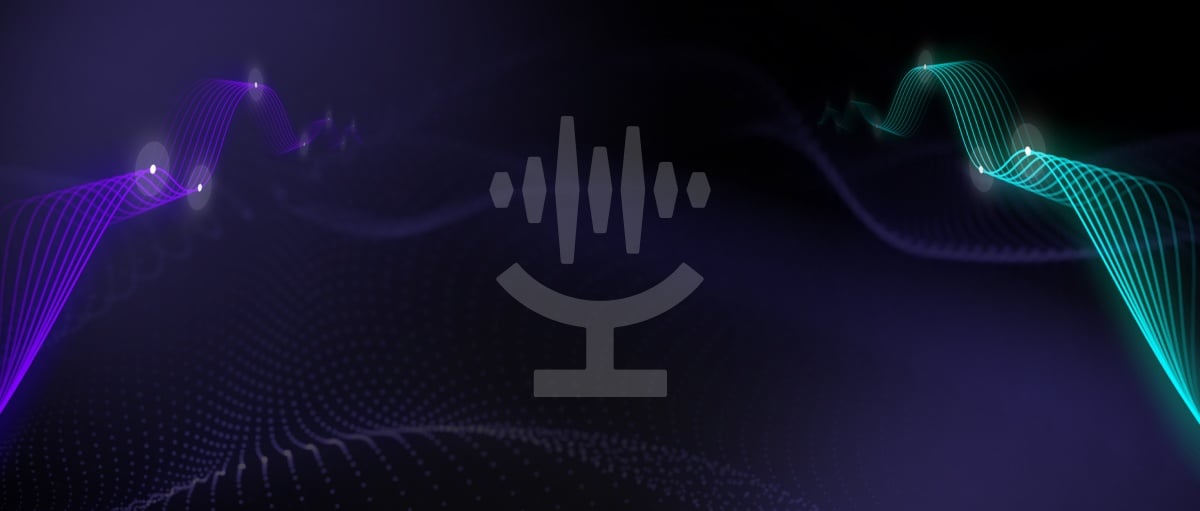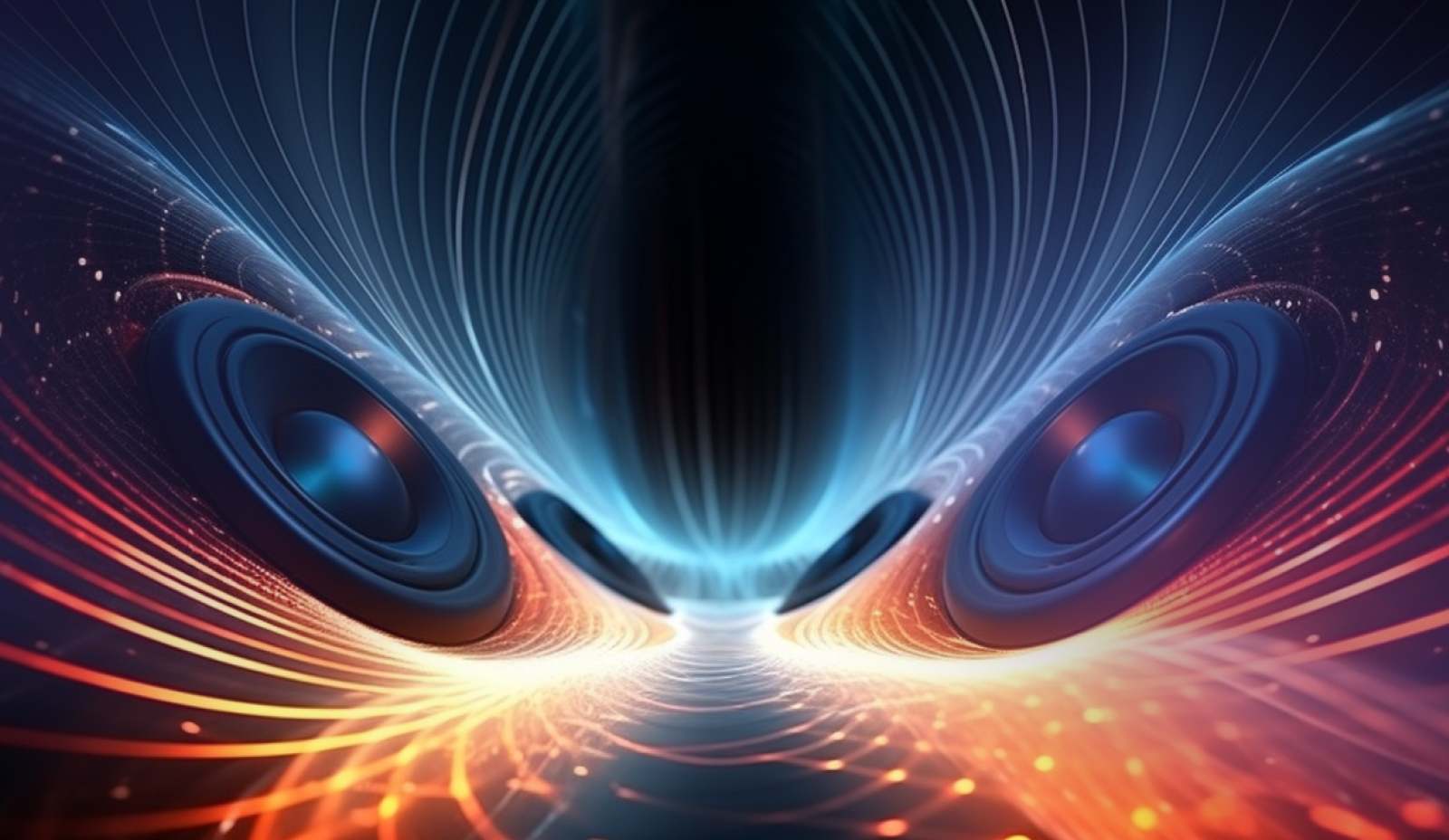What Are Sound Waves?
Sound waves are the medium through which we perceive auditory information, carrying it from its source to our ears. When a sound is produced, such as speech, music, or natural sounds, it sets the air molecules in motion, creating these waves. Sound waves bouncing can also lead to sound reflections, altering the listening experience.
When dealing with audio files, we frequently come across two common acoustic phenomena: reverb and echo. Reverb adds a sense of spaciousness to sound, but excessive reverb can lead to a muddled listening experience. Echo, on the other hand, is the repetition of sound that occurs when it bounces off surfaces. It can be interesting in moderation but can also be distracting if overdone.
Finding the right balance in audio and music production is crucial, so we are here to help you create a clear and enjoyable listening experience.
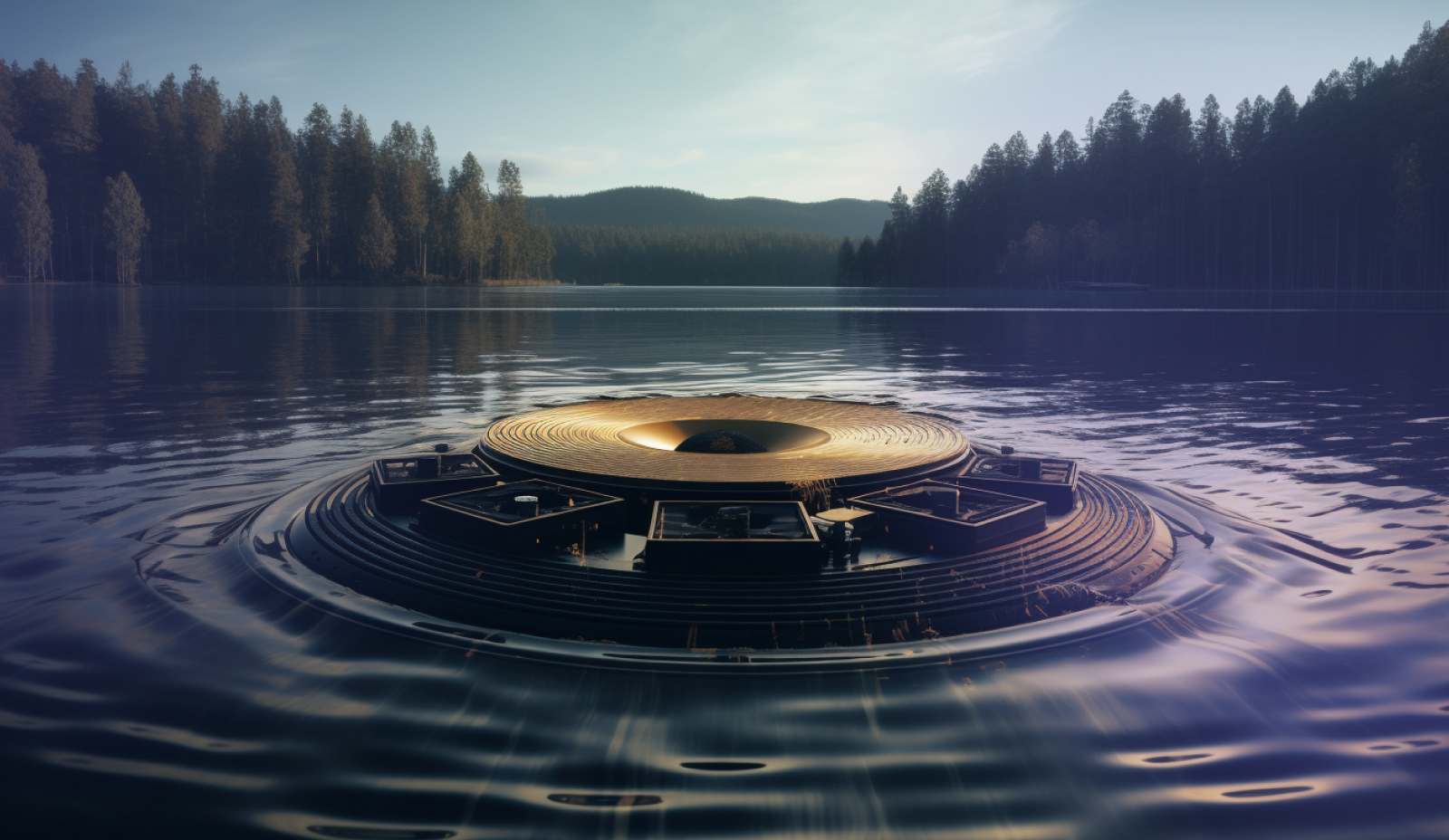
Reverb and Echo
Reverb and echo are two common audio effects frequently encountered in music, podcasts, and various audio files. Understanding the distinctions between them can be crucial for audio and music production.
Reverb, short for reverberation, describes the effect created when sound waves reflect off surfaces within a space, resulting in a perceived sense of spaciousness or depth. It is like the auditory footprint left behind by sound as it interacts with its environment. Then we have an echo, which refers to the distinct repetition of a sound wave after it bounces off a surface. It’s more similar to an audible reflection that occurs after a noticeable time delay.
One of the key differences lies in the length and nature of the reflections. Reverb introduces a subtle and continuous sonic backdrop like gentle echoes heard in a large, open hall. It can provide a more expansive and lively quality to sound. However, echoes are typically sharper, more pronounced, and distinct. They tend to be heard in environments with substantial sound-reflecting surfaces, such as canyons, mountains, or empty buildings.
Another differentiation exists in the creation and control of these effects. Reverb can occur naturally in a physical space or be generated artificially using digital reverb effects. Additionally, reverb can be manipulated through the strategic placement of acoustic panels or other sound-absorbing materials. This allows for the sculpting of the acoustic character of a space. Echo, on the contrary, is often treated as a separate effect and can be added to a sound mix using techniques like delay pedals or digital delay effects.
Both effects, reverb, and echo, have their creative applications and can be used or removed to enhance audio quality. Understanding the nuances and distinctions between them empowers audio professionals to achieve precise and desired audio results in their projects.

Echo vs Reverb: Key Distinctions
Repetition vs. Continuation
Reverb, stemming from sound reflections, involves the continuation of the original sound, creating a sense of space and ambiance, often found in recording music studios. In contrast, echo occurs when sound waves repetitively bounce off multiple surfaces, producing a distinct repetition with a noticeable time delay.
Time Delay
When you treat echoes like sound reflections, it’s evident that echoes are characterized by a noticeable time delay between the original sound and its repetition. This delay can be created intentionally using techniques like delay pedals, or it can occur naturally in environments where sound bounces off hard surfaces. In contrast, reverb does not have such a distinct time delay and contributes to a more seamless blending of sound in a space.
Intensity and Clarity
Echoes tend to be more intense and clearly defined compared to reverb. Reverb is often more subtle, and it contributes to the overall acoustics of an environment. Additionally, reverb can absorb sound, creating a unified sonic space. In the digital world, reverb is commonly used to enhance audio quality, especially in environments like karaoke or studio settings.
Environments
Echoes are typically found in environments with hard, sound-reflecting surfaces, creating space for short sound reflections. In contrast, reverb is present in a variety of acoustic spaces, making recordings sound unified and adding a sense of depth and space to sound. Additionally, reverb often interacts with the microphone in distinct ways.
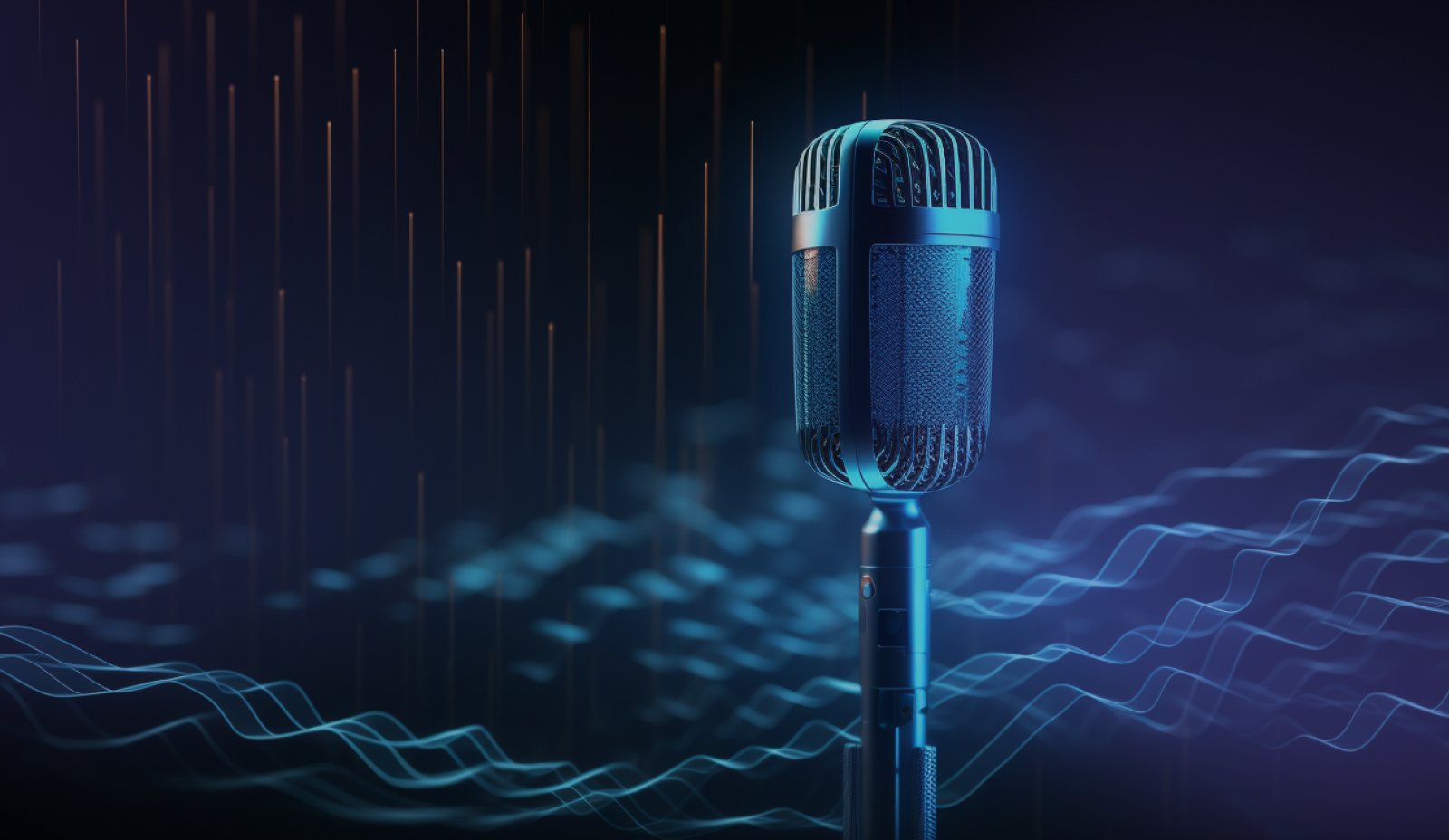
Reverb vs Echo: Recording Music
In music production, the interplay of reverb and echo is pivotal. Musicians and engineers often face the choice of enhancing or removing these sound effects. Reverb can simulate room acoustics, while echo adds rhythm and atmosphere.
Voice.ai’s online audio tools offer an easy, download-free solution to treat reverb and echo, optimizing sound clarity and helping artists tailor their recordings to their creative vision and technical needs.
What Are Sound Reflections?
Sound reflections are instances of sound bouncing off surfaces in an environment. These reflections contribute to what we hear as a reverb in a space. When sound waves encounter surfaces, such as walls or ceilings, they bounce back, creating a series of reflections.
Depending on the room’s acoustics, these reflections can be fast and tightly spaced, producing a sense of immediacy, or they can be more spread out, resulting in a longer echo. Sound reflections play a significant role in how a sound mixer or engineer manipulates audio to achieve desired effects and soundscapes within a recording or live performance.
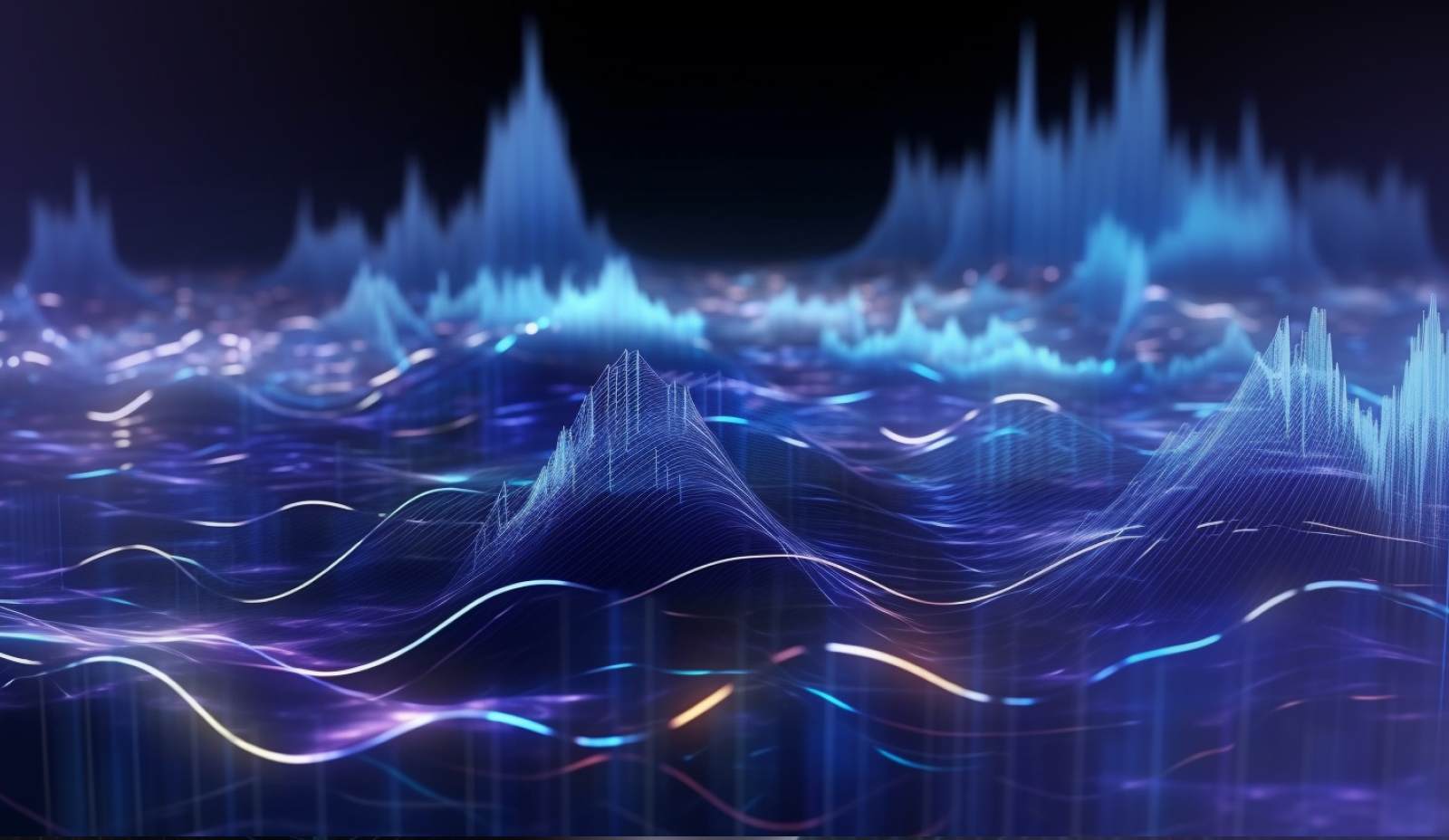
How to Remove Reverb From An Original Sound?
Removing reverb from an original sound can be a challenge, especially when dealing with audio recordings affected by room sound and sound bouncing. However, with our online Reverb remover, the process is made easy.
You can effortlessly upload your audio files and witness how those unwanted reverb sound effects are eliminated. Whenever you hear reverb, rest assured that our free online tool will remove it and ensure your audio maintains its clarity and authenticity.
Whether you’re working on rock songs or any other genre, our reverb removal tool will let you achieve the sound you desire without the intrusive presence of reverb, much like the desired effect of reverb pedals used in professional audio processing.
How to Remove Echo From An Original Sound?
Removing echo from an original sound involves reducing the continuous sound waves bouncing off surfaces, which creates the echo effect. To achieve this, one can alter the recording environment or employ post-processing techniques. Adjusting the recording environment can minimize sound reflecting off walls and surfaces, resulting in shorter, tighter echo effects.
Alternatively, post-processing software, such as our AI-free echo removal tool, can be used to analyze and echo entirely. The advantage of this online tool is that there’s no need to have it as a plugin on your PC, making it a convenient option for echo removal.
Are Reverb and Echo the Same Thing?
No, reverb and echo are not the same thing. While both involve the perception of longer sound reflections, they operate differently. Reverb is a complex blend of many rapidly decaying echoes, creating a sense of space or environment.
On the other hand, if you hear echoes, these involve distinct audible repetitions of a sound, caused by a more pronounced and longer sound reflection. To distinguish between the two, remember to listen for the distinct echo delay in contrast to the more subtle and continuous reverb effect.
